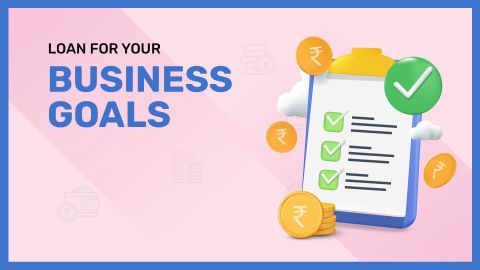Introduction
Customer acquisition cost (CAC) refers to the total expense a business incurs to acquire a new customer. This metric is crucial in understanding the cost-effectiveness of marketing and sales efforts. In
business-to-business (B2B) and business-to-consumer (B2C) sectors, monitoring CAC helps in strategising campaigns and optimising budgets. Efficient CAC management ensures sustainable growth by balancing customer acquisition expenses with long-term revenue generation. Businesses that effectively reduce CAC while maintaining high-quality leads gain a competitive advantage and improve profitability. Understanding CAC and the factors influencing it is essential for evaluating business performance and planning for financial stability.
What is the customer acquisition cost (CAC)?
The customer acquisition cost (CAC) represents the total expenditure a business makes to gain new customers. It includes marketing, sales, and advertising costs spent over a specific period. CAC is calculated by dividing total acquisition costs by the number of customers acquired. This metric helps businesses evaluate the profitability of their efforts and make data-driven decisions. Efficient CAC management can lead to better allocation of resources and improved business outcomes. Whether in business-to-business or business-to-consumer markets, maintaining an optimal CAC is essential for growth and profitability.
How to calculate customer acquisition cost?
To calculate CAC, businesses must consider all expenses incurred during customer acquisition. Below are the steps:
- Identify acquisition costs: Include marketing, sales, and advertising expenses for a given period
- Count new customers: Determine the total number of customers acquired during the same timeframe
- Divide costs by customers: Use the formula:CAC = Total acquisition costs / Total customers acquired
- Analyse trends: Compare CAC across different periods to identify cost fluctuations and adjust strategies accordingly
Accurate calculation ensures businesses can optimise budgets effectively.
What is a good CAC?
A good CAC varies by industry and business model but is determined by its relation to customer lifetime value (CLV). Below are key considerations:
- Low CAC, high CLV: Aim for a low acquisition cost compared to long-term customer value
- Industry standards: Benchmarked CAC helps identify efficiency levels
- Profitability: Ensure CAC is sustainable relative to profit margins
- Growth potential: Evaluate if CAC supports scalable business growth
A good CAC reflects effective marketing, sales efficiency, and customer retention.
Factors impacting CAC
Several factors influence CAC, affecting profitability and scalability. Below are the key drivers:
- Marketing expenses: Higher advertising spend increases CAC
- Sales efficiency: Inefficient sales processes can raise acquisition costs
- Competition: Intense competition drives up costs per lead
- Customer retention: Poor retention rates result in frequent acquisitions, raising CAC
Addressing these factors helps businesses achieve an optimal CAC.
Average CAC by industry
CAC varies significantly across industries due to different cost structures and sales cycles. Below is an overview:
- E-commerce: Lower CAC due to digital marketing efficiency
- Healthcare: Higher CAC due to specialised marketing needs
- Education: Moderate CAC depending on student acquisition campaigns
- SaaS: High CAC driven by long sales cycles and technical resources
Understanding industry benchmarks enables businesses to assess their performance.
How to improve average customer acquisition costs?
Businesses can lower CAC and increase profitability by implementing effective strategies. Below are actionable steps:
- Enhance targeting: Focus on the most relevant customer segments
- Optimise campaigns: Use data analytics to refine marketing efforts
- Streamline sales: Invest in efficient sales tools and training
- Leverage referrals: Encourage satisfied customers to refer others
Implementing these strategies ensures sustainable growth.
Conclusion
Customer acquisition cost (CAC) is a critical metric for evaluating business efficiency and profitability. Maintaining a low CAC while driving high-quality leads is essential for sustaining growth. Businesses must monitor factors impacting CAC, including marketing expenses and sales strategies, to optimise resources. Bajaj Finance offers tailored solutions, including financial support through a
business loan, to help businesses manage CAC effectively. By improving targeting, leveraging data analytics, and enhancing sales efficiency, businesses can achieve long-term success and scalability.




